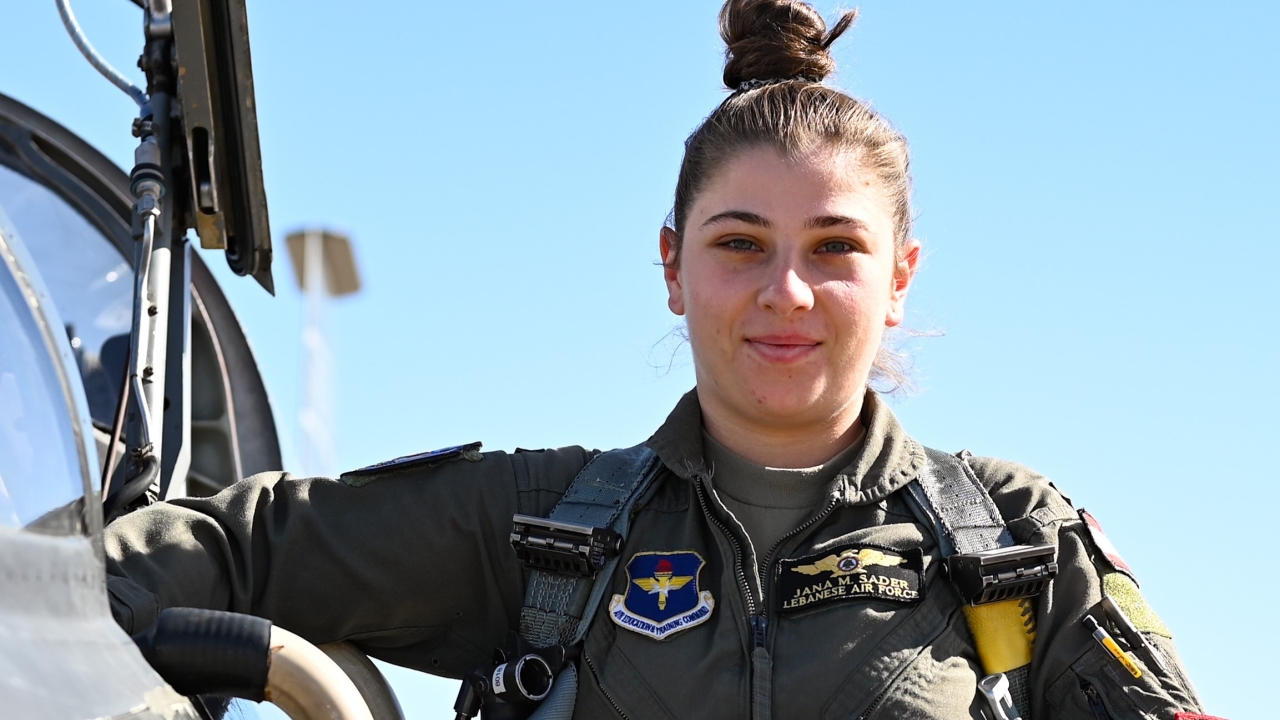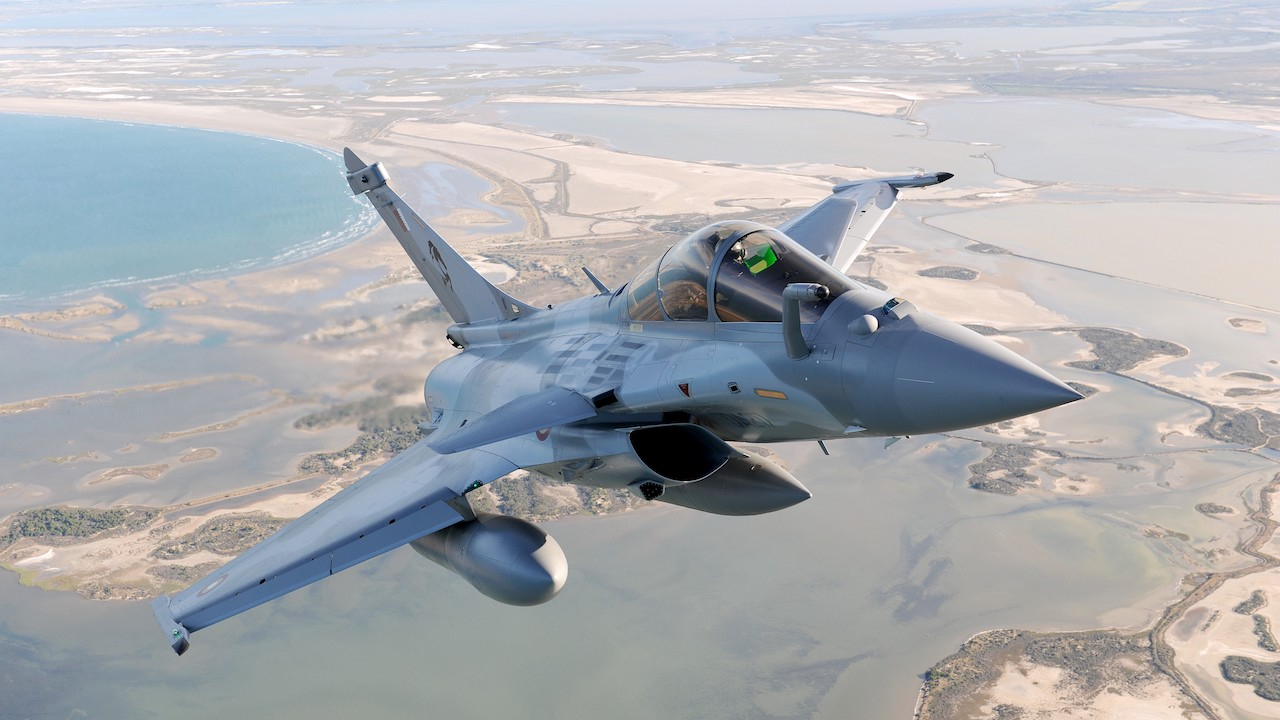Lebanon’s first female fighter pilot graduates
The Lebanese Air Force is expanding the pool from which it recruits its aircrew.

In the hot seat: The first Lebanese female fighter pilot, second lieutenant Jana Sader. Picture: Jon Lake
The Lebanese Air Force’s number seven squadron, at Hamat/Wujah Al Hajar AB, operates the six Embraer A-29B Super Tucanos delivered to Lebanon from May 2018.
Among its pilots is the first Lebanese female fighter pilot, second lieutenant Jana Sader, who graduated from the USAF’s undergraduate pilot training (UPT) programme (a nearly two-year-long training course) on February 3 2023. Sader began her flying career on the LAF’s Scottish Aviation Bulldog piston-engined training aircraft, before being selected for UPT with the USAF’s 47th flying training wing at Laughlin Air Force Base in Texas, to begin her training on the Beech T-6 Texan and then the Northrop T-38 Talon.
The US uses the UPT enterprise as a security co-operation tool, and to build relationships and enhance interoperability. The US and Lebanon (a vital US partner on a wide range of regional security issues) are committed to working collectively towards the common goal of a stable, secure, and prosperous Middle East, and training Lebanese pilots furthers that goal.
“The biggest challenge for me was learning the T-38,” Sader said. “We used to fly small prop aircraft back in Lebanon. It was the first time I flew a twin-engine jet.”
Having mastered the supersonic, jet-engined T-38, lieutenant Sader took a step back in performance terms, since the LAF’s frontline fixed wing aircraft are the Cessna Caravan and the Embraer A-29 Super Tucano! Though she is the first female fighter pilot in the LAF, Sader flies the turboprop-powered Super Tucano, which is used for counter insurgency (COIN) missions and as an armed trainer.
The Lebanese armed forces began to open opportunities for women during the country's long-running civil war (1975-90), and in October 1991, the government decreed that 10 per cent of personnel employed in the various departments of the defence ministry must be women, following the same training as male recruits. The role of women in the army was soon expanded from administrative and support roles to taking on tasks in frontline combat units.
Stay up to date
Subscribe to the free Times Aerospace newsletter and receive the latest content every week. We'll never share your email address.


